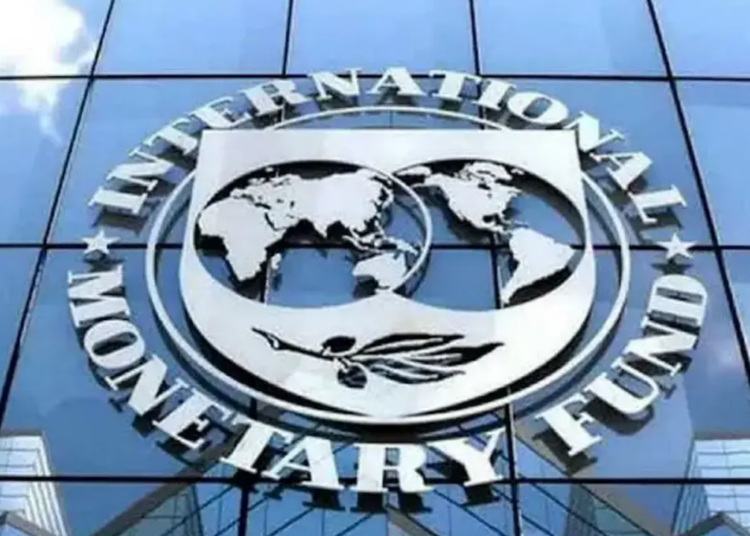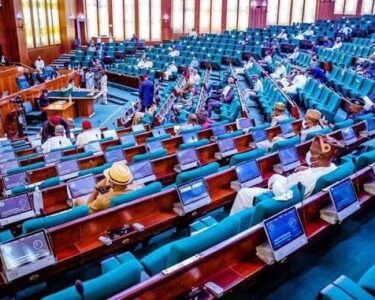Nigeria’s economic outlook has dimmed further as the International Monetary Fund (IMF) slashed its growth projections for 2025 and 2026. The revised figures now stand at 3.0% for 2025 and 2.7% for 2026, down from previous estimates of 3.2% and 3.0%, respectively. This downward shift was announced in the IMF’s April World Economic Outlook report and is largely attributed to global uncertainties and persistent drops in oil prices.
According to the IMF, Nigeria’s economic performance is being squeezed by both internal and external factors. These include weaker demand from advanced economies, ongoing global trade tensions, and a steep fall in crude oil prices—all combining to undermine the country’s revenue and investment climate. The IMF warned that without significant policy action, Nigeria could face major macroeconomic instability in the near future.
Pierre-Olivier Gourinchas, the IMF’s Chief Economist, emphasized Nigeria’s vulnerability. Speaking during a briefing in Washington DC, he explained that many emerging economies are tightly integrated with global markets and are thus bearing the brunt of shrinking demand. “They’re going to suffer from the decline in demand for products coming from the tariffs,” he said.
Jason Wu, Assistant Director at the IMF’s Global Markets division, also weighed in, saying reforms have affected Nigeria’s credit outlook. He noted that volatile global markets are making it harder for countries like Nigeria to secure external financing. “We might see increases in sovereign spreads that will challenge the external picture for Nigeria,” he added, pointing out that commodity-dependent economies are particularly at risk.
Despite challenges, the IMF noted a shift in investor sentiment. Nigeria’s return to the eurobond market in late 2024—its first since 2022—signaled cautious optimism. This move came amid a broader trend of frontier economies making strides in reforms, debt restructuring, and foreign exchange stabilization. Several African nations, including Egypt, Ghana, and Côte d’Ivoire, also saw renewed market activity in early 2025.
Nigeria’s current account surplus offers a thin layer of protection. While the surplus is expected to decline—from 9.1% of GDP in 2024 to 6.9% in 2025 and 5.2% in 2026—it still provides a buffer against economic shocks. However, Nigeria’s projected growth remains below the Sub-Saharan African regional average of 3.8% for 2025 and 4.2% in 2026, putting the country on a tougher road to recovery unless broader structural issues are addressed.



